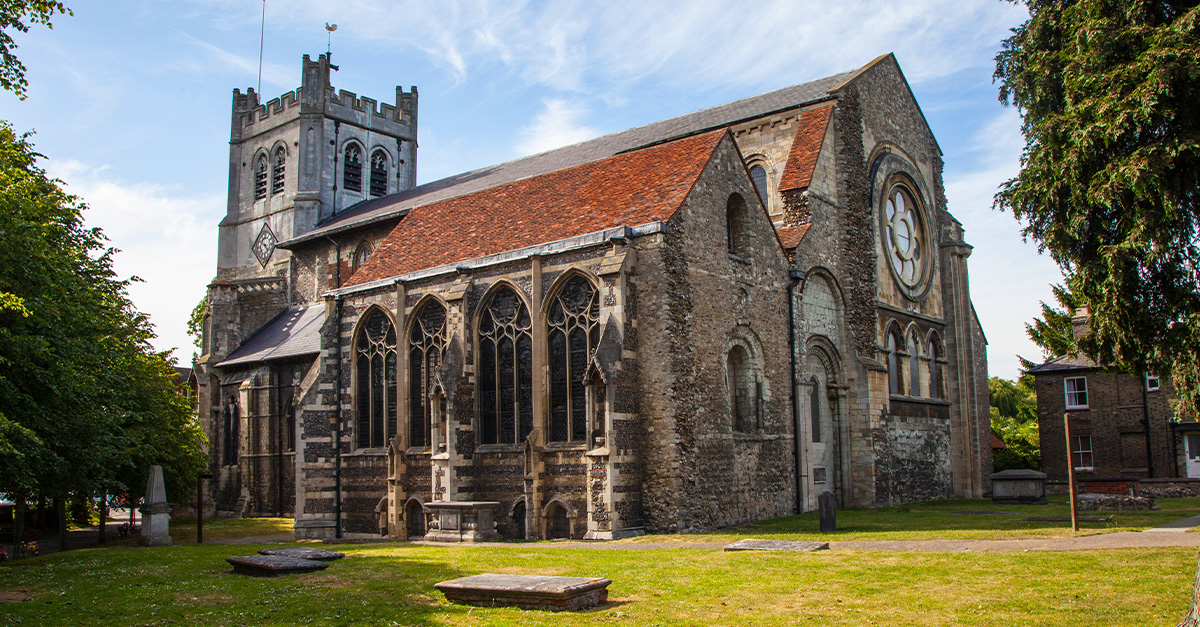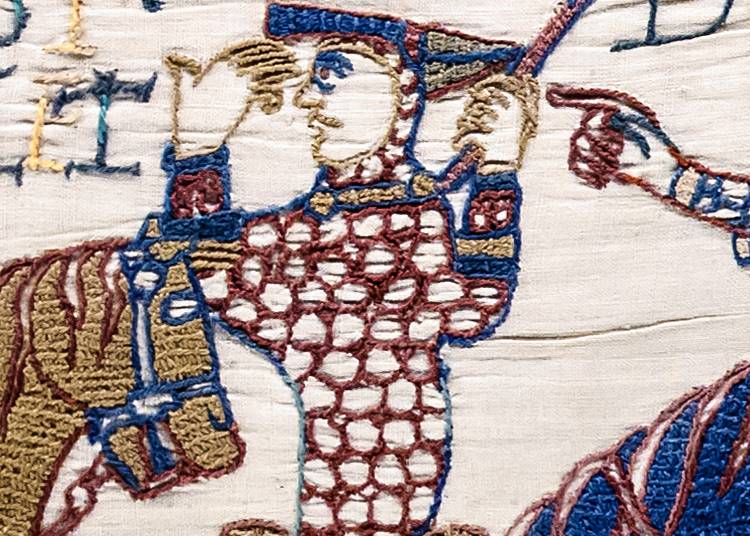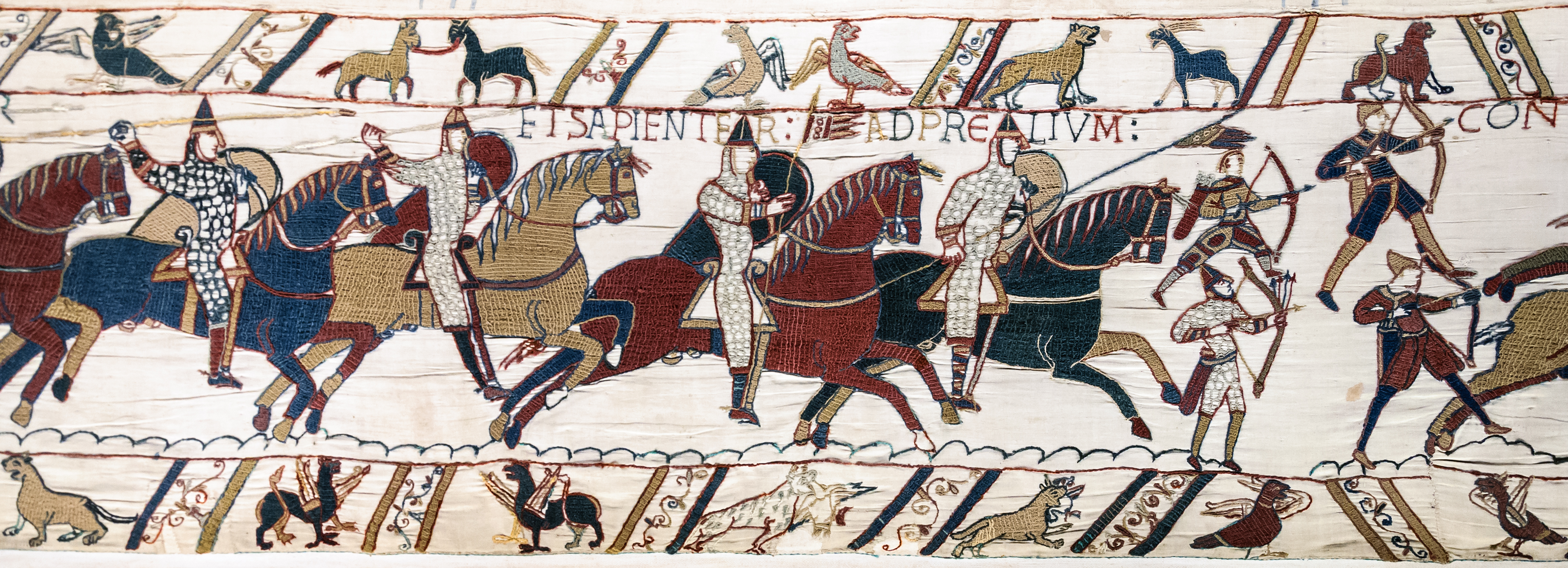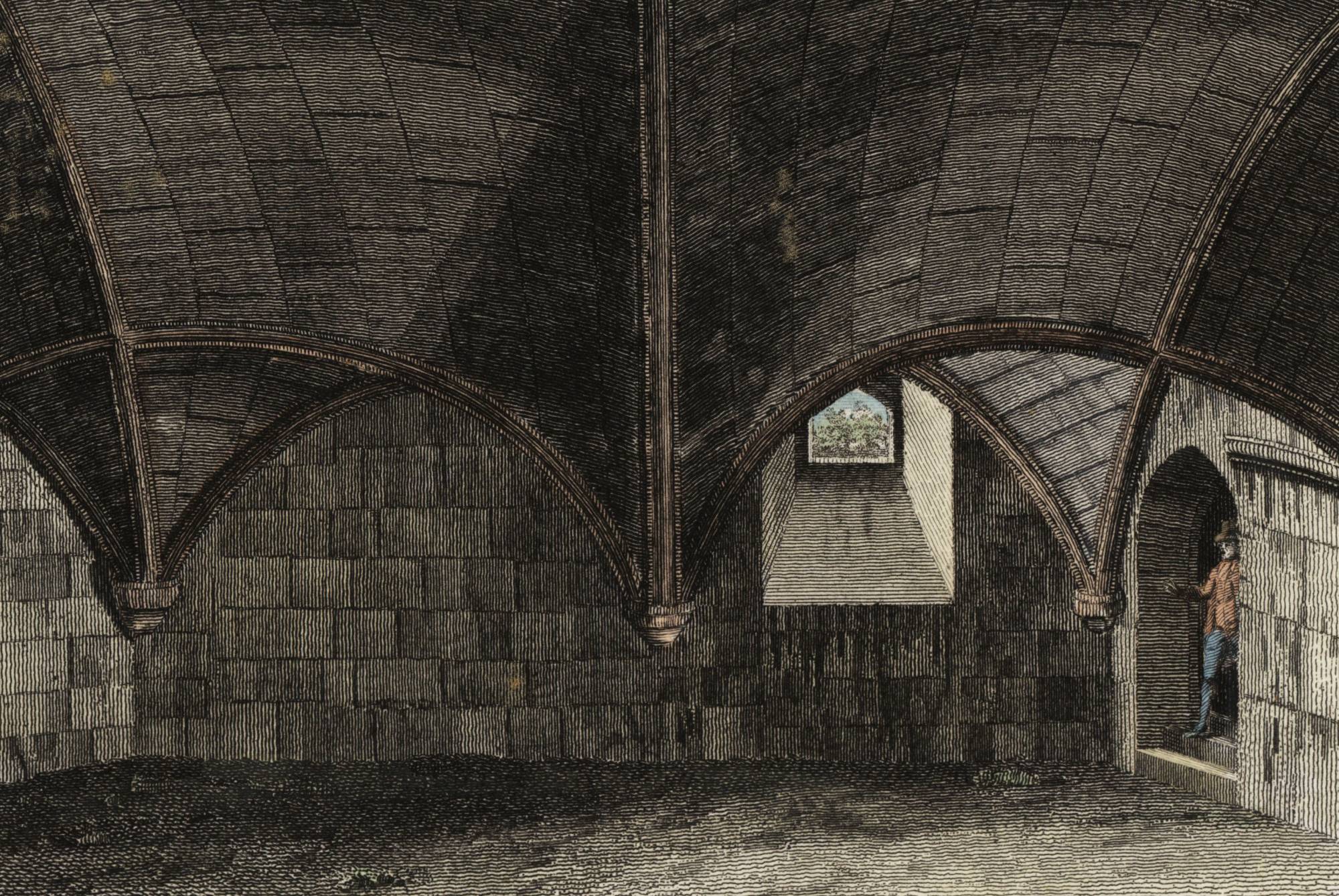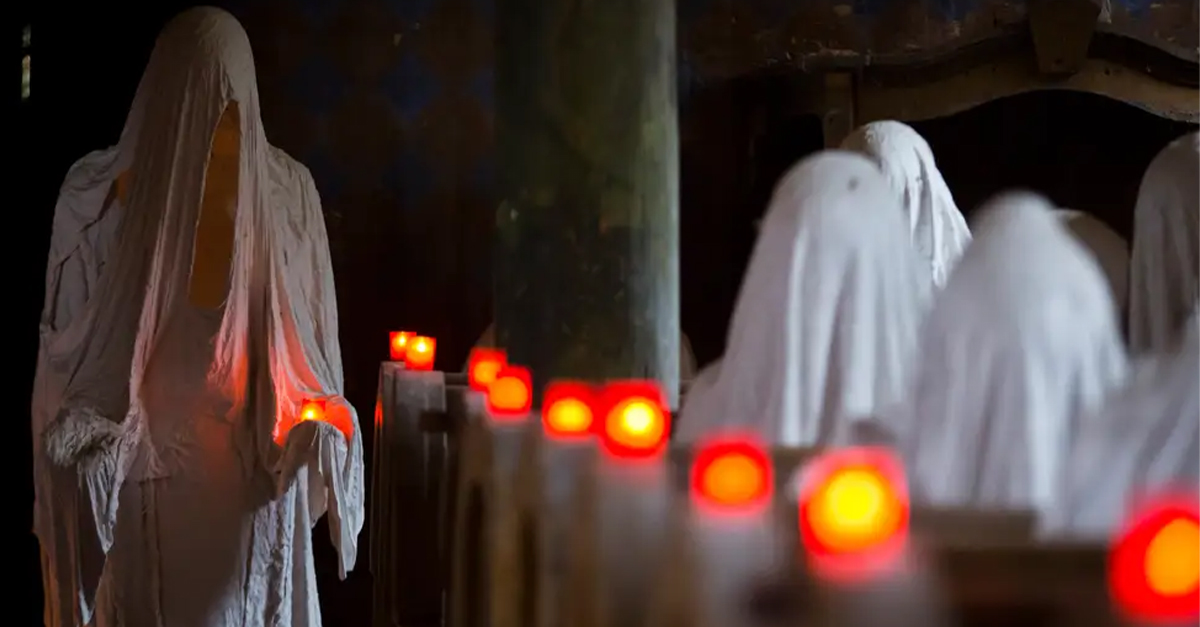Archaeologists Have Uncovered The Home Of One Of England's Earliest Kings
Archaeologists from the Universities of Newcastle and Exeter in the UK believe they have found the home of Harold II, otherwise known as Harold Godwinson, one of England's earliest Kings. This find, made in early January 2025, offers key insight into where the King may have lived and provides yet another window into England's tumultuous, complicated history before the Norman Conquest.
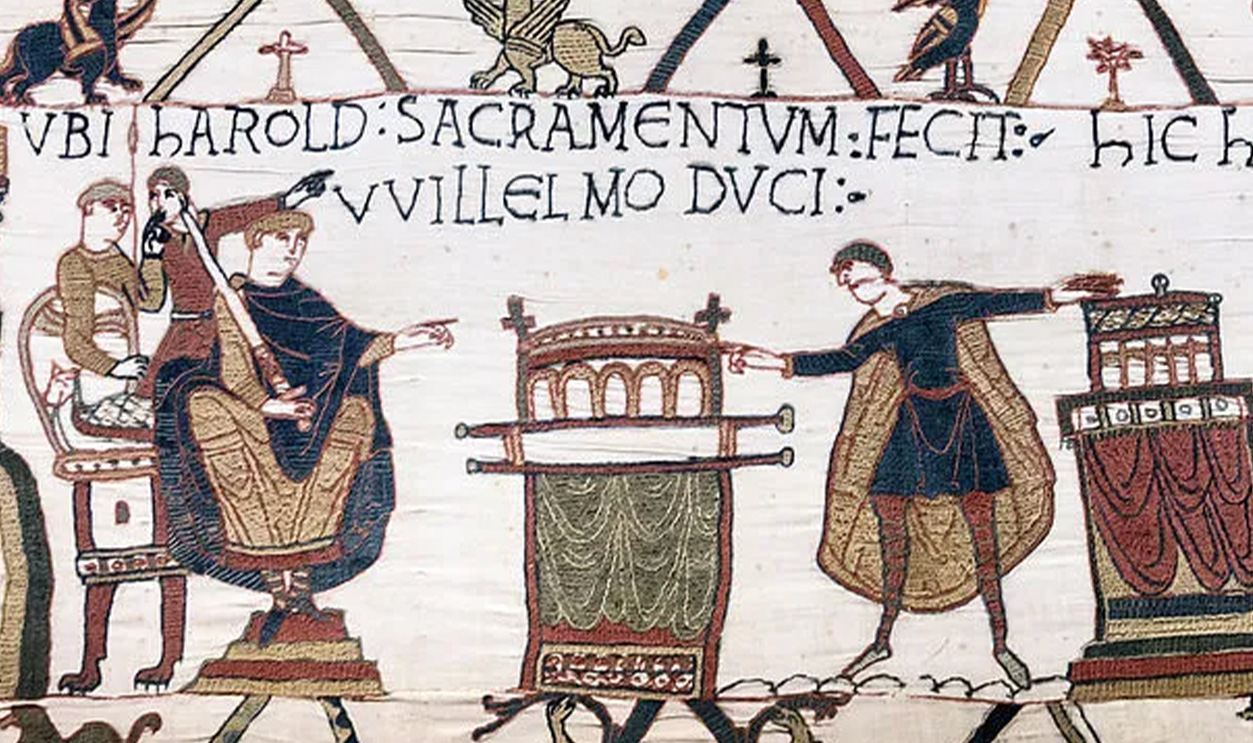
Who Was Harold Godwinson?
One of England's earliest kings, Harold II, ruled from January 6, 1066, to October 14, 1066. Although Edward the Confessor died without a direct heir, he is said to have chosen Harold Godwinson to rule over England while on his deathbed. Following Edward's death on January 5, 1066, the Witan (King's Council) selected Harold as his successor on January 6.
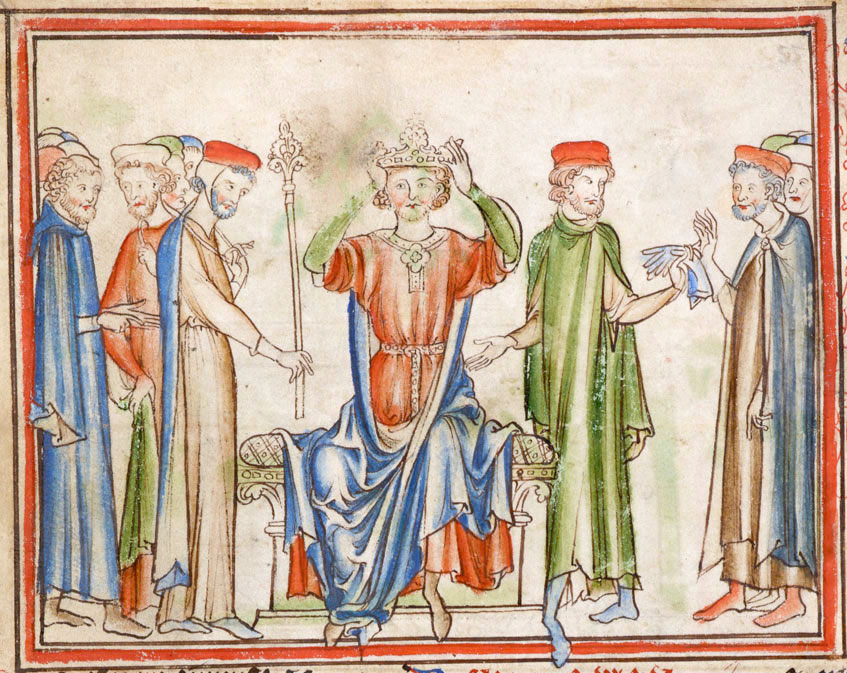 Unknown Author, Wikimedia Commons
Unknown Author, Wikimedia Commons
Not A Usurper Among Them
Historians long speculated that when the English nobles gathered at Westminster immediately after the death of Edward the Confessor, it may have been to usurp the wishes of the late King—hence the speed with which Harold was proclaimed "King of the English". However, this understanding has changed. Historians now believe most nobles were present at Westminster Abbey for the Feast of Epiphany rather than any attempted coup.
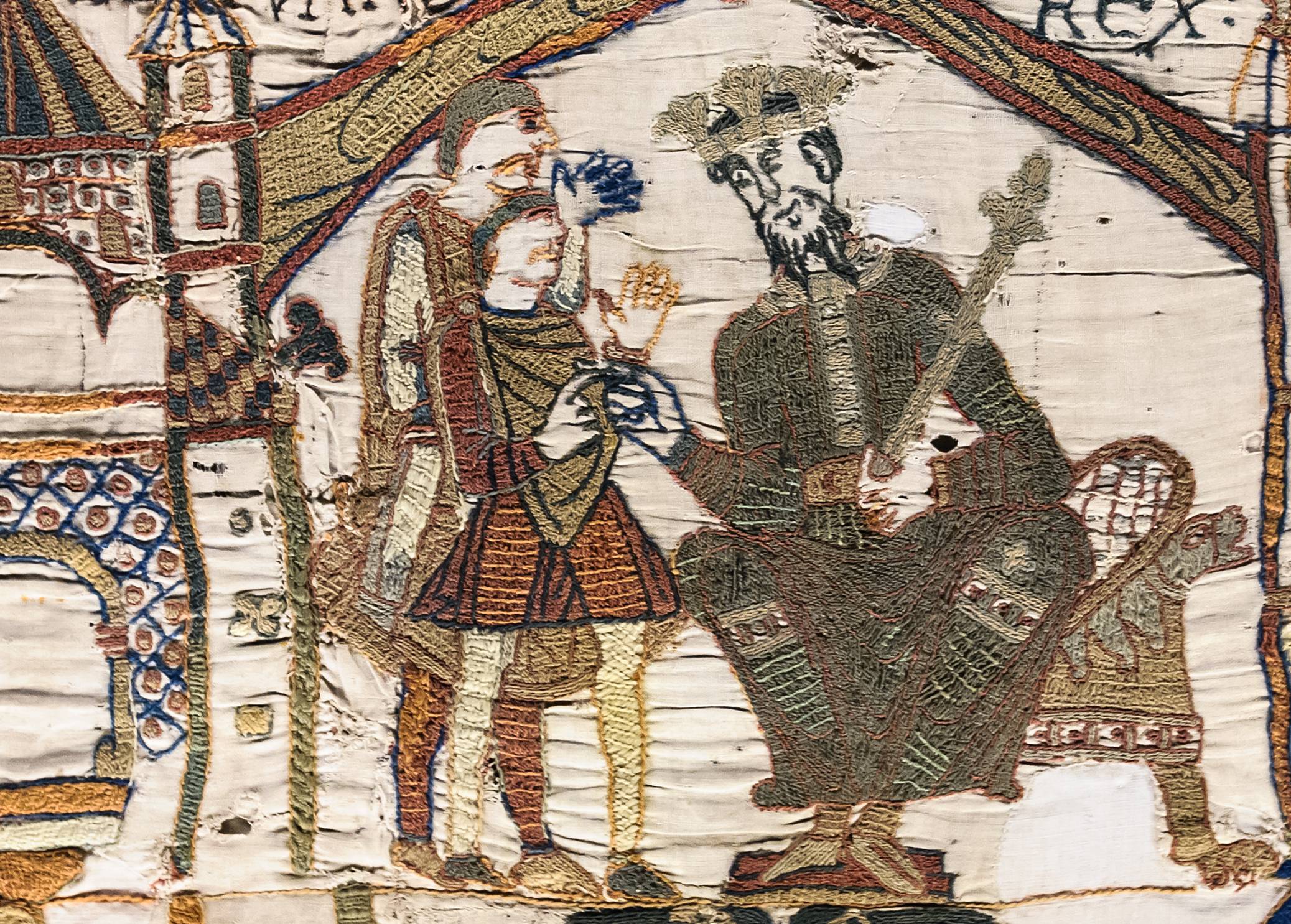 Bayeux Tapestry Museum, Wikimedia Commons
Bayeux Tapestry Museum, Wikimedia Commons
Harold Godwinson's Reign Over England
Upon ascending the throne on January 6, 1066, Harold's reign was immediately faced with a challenge: the invasion of England by William the Conqueror of France. He had begun preparations to invade England, building a fleet of 700 warships in Normandy.
William Gains The Support Of The Pope
William the Conqueror's invasion of England initially struggled to gain support among the French. But cunning King William had a plan: He'd lie to the Pope, concocting a story that King Harold II had broken an oath to the Church sworn on ancient runes. Pope Alexander II formally declared that William was the rightful King of England.
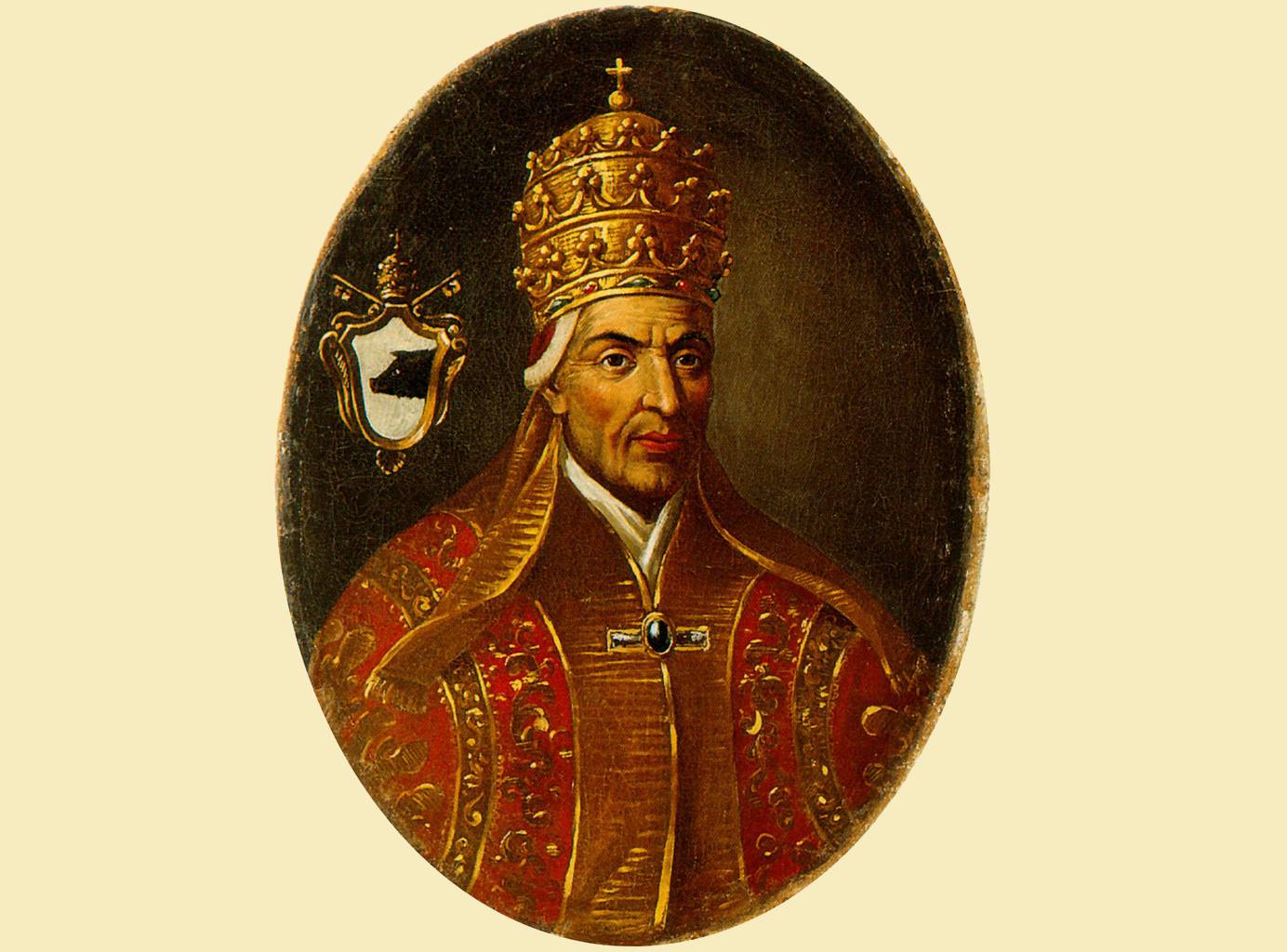 medieval paintings and files, Wikimedia Commons
medieval paintings and files, Wikimedia Commons
The Invasion Is Delayed
High winds pushed back William's invasion fleet for seven months, but that didn't stop an opportunistic Harald III of Norway (otherwise known as Harald Hardrada) from invading northern England after King Harold withdrew his army from the English coast on September 8, 1066.
 Colin Smith, Harald Hardrada, CC BY-SA 2.0, Wikimedia Commons
Colin Smith, Harald Hardrada, CC BY-SA 2.0, Wikimedia Commons
The Battle Of Stamford Bridge
On September 25, 1066, King Harold defeated King Harald III of Norway after leading his army north to York. He defeated both the Norwegians and his Norse noble compatriot, Tostig. After defeating the Norwegians, Harold soon turned his attention south again to the now-invading William the Conqueror.
 UKTV History, Kings and Queens of England (2004)
UKTV History, Kings and Queens of England (2004)
The Battle Of Hastings
The infamous Battle of Hastings took place on October 14, 1066. It was a decisive victory for William the Conqueror after Harold reportedly took an arrow to the eye, leading to his demise. Ouch. This was the first time a French king ruled over the English, making Harold Godwinson the last Anglo-Saxon King of England.
 UKTV History, Kings and Queens of England (2004)
UKTV History, Kings and Queens of England (2004)
The Bayeux Tapestry
The Bayeux Tapestry, now hanging in the Bayeux Museum in Normandy, France, depicts the events of the Battle of Hastings. Historians have concluded that it was likely a commission by William's half-brother, Bishop Odo of Bayeux, to celebrate his brother's victory over the English. It was first believed to have been commissioned by Queen Matilda of France, William's wife.
The Village Of Bosham
Historians have concluded that Harold's seat of government in England was the village of Bosham in West Sussex. Based on the artistic impressions in the Bayeux Tapestry, where Harold appears to be eating a feast, historians believe this feast took place in Harold's home.
 Bayeux Tapestry Museum, Wikimedia Commons
Bayeux Tapestry Museum, Wikimedia Commons
Where Power Lies
The joint project by the University of Newcastle and the University of Essex, "Where Power Lies," sought to learn more about the seats of government of early English rulers. Researchers discovered that Harold Godwinson's former home was now a private residence in Bosham and investigated the site with ground-penetrating radar and photogrammetric modeling.
 Unknown Author, CC BY-SA 4.0, Wikimedia Commons
Unknown Author, CC BY-SA 4.0, Wikimedia Commons
The Holy Trinity Church Connection
The Holy Trinity Church in Bosham dates back to the 11th century. Using GPR, researchers found posthole remains of a bridge or causeway that would have connected the Church to King Harold's home. It was common for English kings of the era to cohabitate in a church or chapel.
 grumpylumixuser, CC BY 3.0, Wikimedia Commons
grumpylumixuser, CC BY 3.0, Wikimedia Commons
The Garden Ruin
Researchers uncovered further evidence of this connection between this private residence and the ancient English king when they found the "Garden Ruin," a small stone wall with a narrow window.
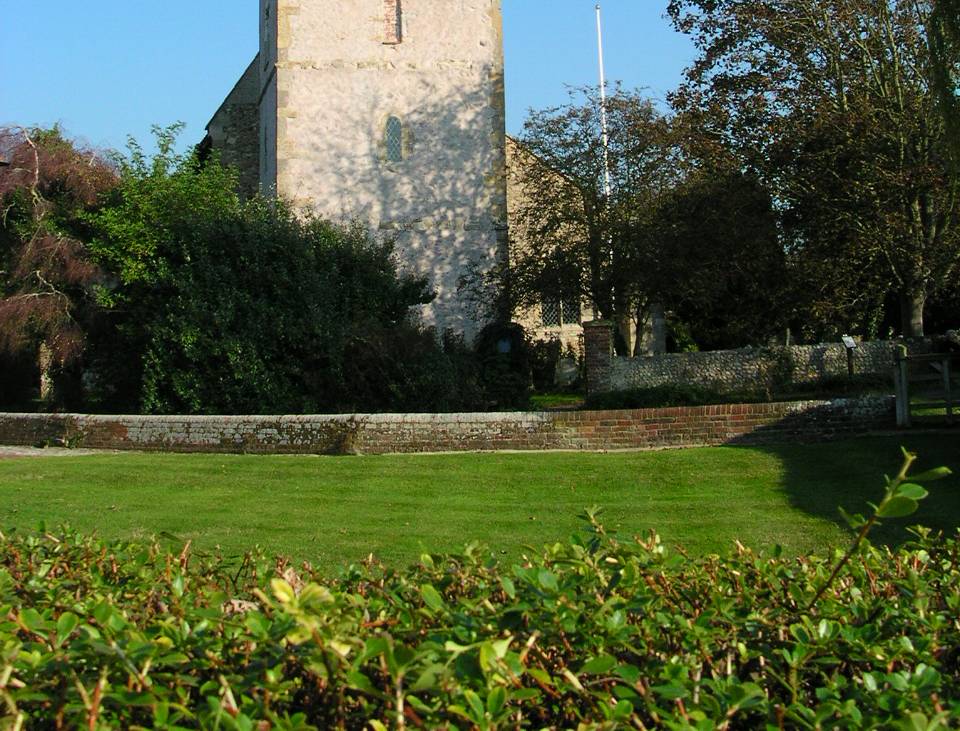 Charlesdrakew, Wikimedia Commons
Charlesdrakew, Wikimedia Commons
The Toilet Discovery
One key finding from the site analysis was the discovery of an 11th-century timber toilet within the Garden Ruin. This toilet led scientists to believe they were standing in a luxury home, as toilets were mostly pits at the time. The timber structure in the garden, mere meters from Harold Godwinson's home, left scientists sure they were onto something.
A Cesspit Fit For A King
Long buried, the cesspit was simply a hole in the ground supported by wooden timbers—a "throne" fit for a king. Dr Duncan Wright at Newcastle University added, "Looking at this vital clue, alongside all the other evidence, it is beyond all reasonable doubt that we have here the location of Harold Godwinson's private power center, the one famously depicted on the Bayeux Tapestry".
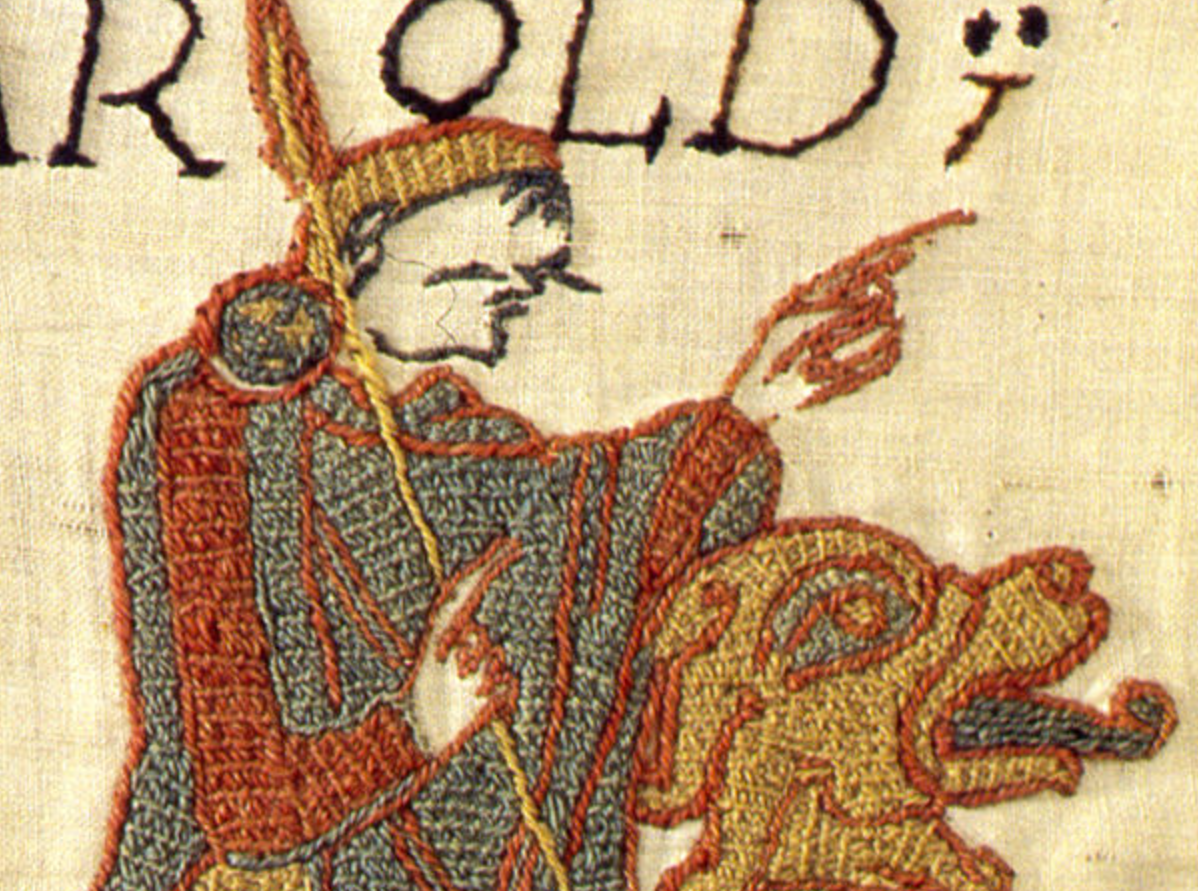 Bayeux Tapestry Museum, Wikimedia Commons
Bayeux Tapestry Museum, Wikimedia Commons
What Next For Harold Godwinson's Former Home?
While the site of Harold Godwinson's former home hasn't (and won't) been made public, we can speculate that archaeologists will continue their research and try to find more clues to piece together this ancient period of English history. The final King of the Anglo-Saxons was buried near Westminster Abbey. Now we know where he lived and where he went to the bathroom.
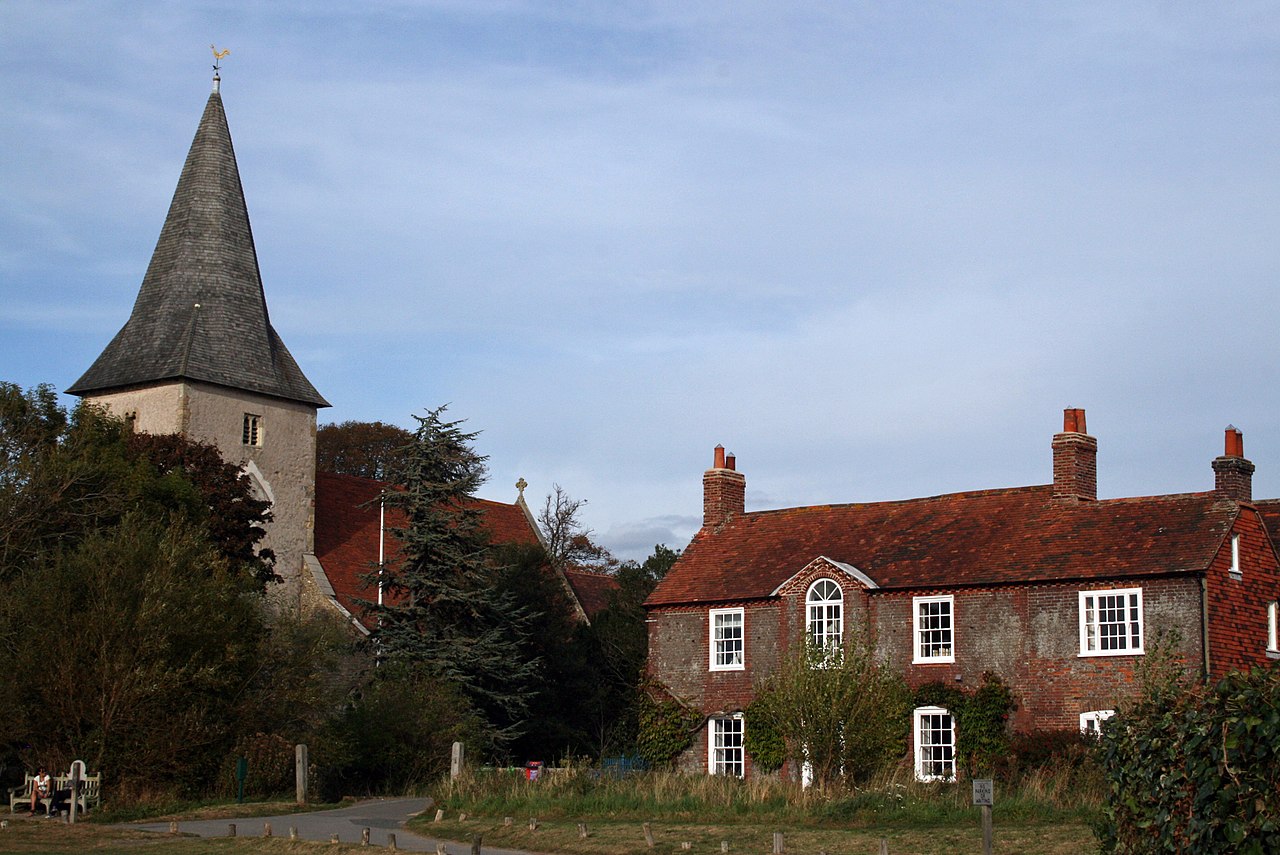 Jo Turner, CC BY-SA 2.0, Wikimedia Commons
Jo Turner, CC BY-SA 2.0, Wikimedia Commons
A Local Legend Disputes The Burial Site
Although it's traditionally believed that Harold Godwinson was buried at Westminster Abbey in London, a local legend in the Village of Bosham is that King Harold was buried at Waltham Abbey, a civil parish in Essex, England. His grave is covered with four stones, three underneath and one on top. A plinth was placed at the site in the 1960s as a memorial. The inscriptions on the stone read: "Harold King of England. Obit 1066".
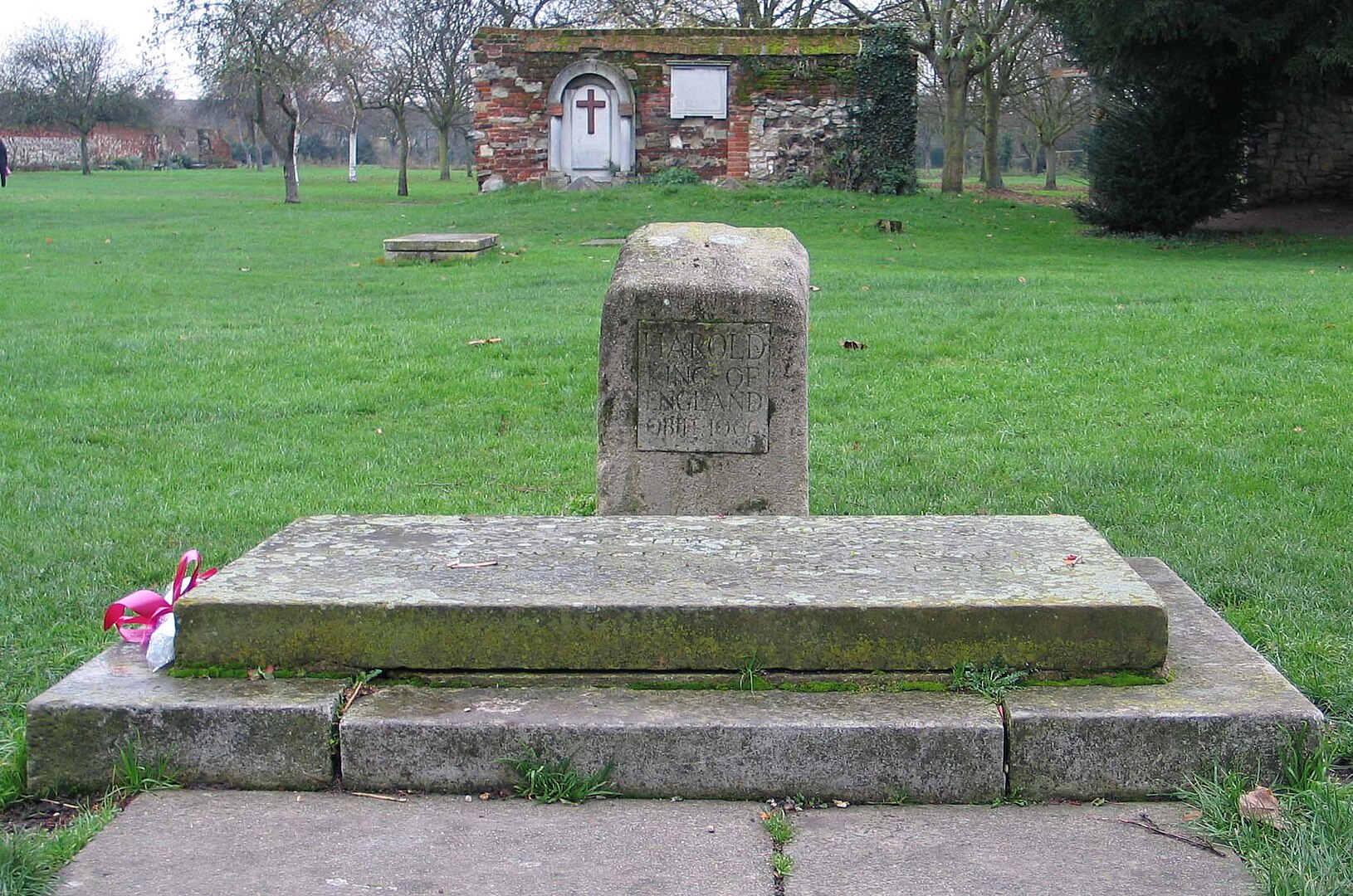 Shakti, CC BY-SA 2.5, Wikimedia Commons
Shakti, CC BY-SA 2.5, Wikimedia Commons
Other Theories On The Death Of King Harold
There are a couple of other theories about where King Harold is buried. Some historians believe that the King was interred in Bosham, but his body was hidden so that it could not become a shrine and stir up resistance to the new French rule. One particularly wild theory is that the King survived the Battle of Hastings, escaped to Germany, and lived to old age.
You May Also Like:
Eye-Opening Facts About England, The World's Beloved Old Blighty
Archaeologists Found A 3,000 Foot Well Submerged Beneath The Baltic Sea
The Stolen Princess In Queen Victoria's Court
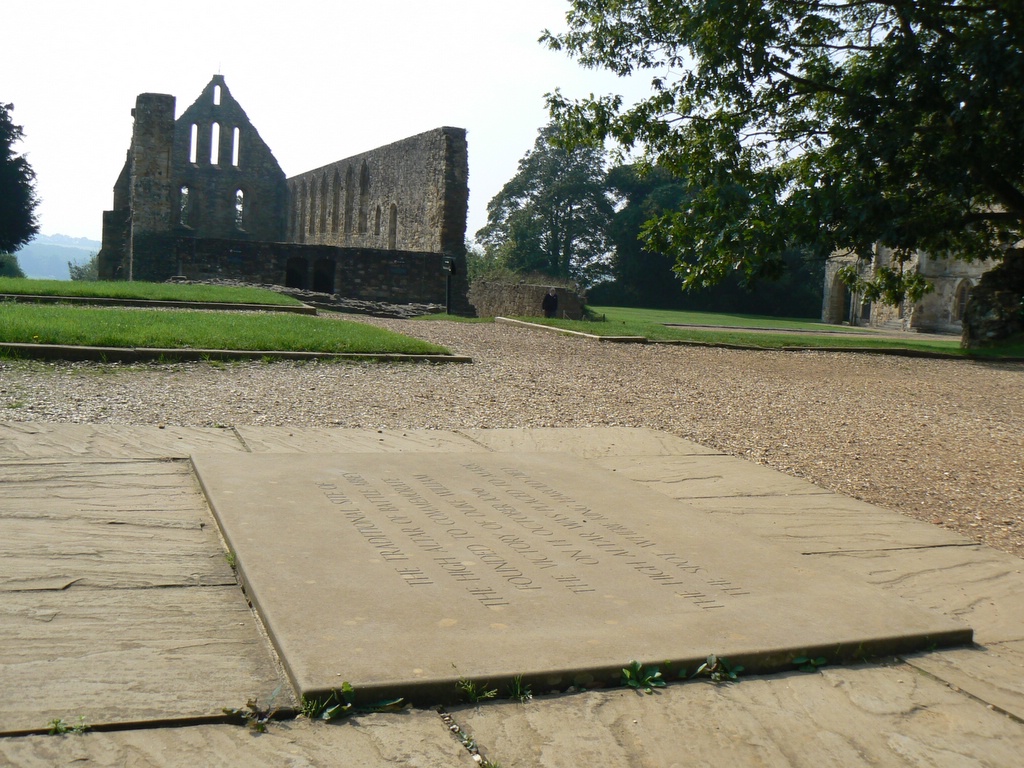 Néstor Daza, Wikimedia Commons
Néstor Daza, Wikimedia Commons

